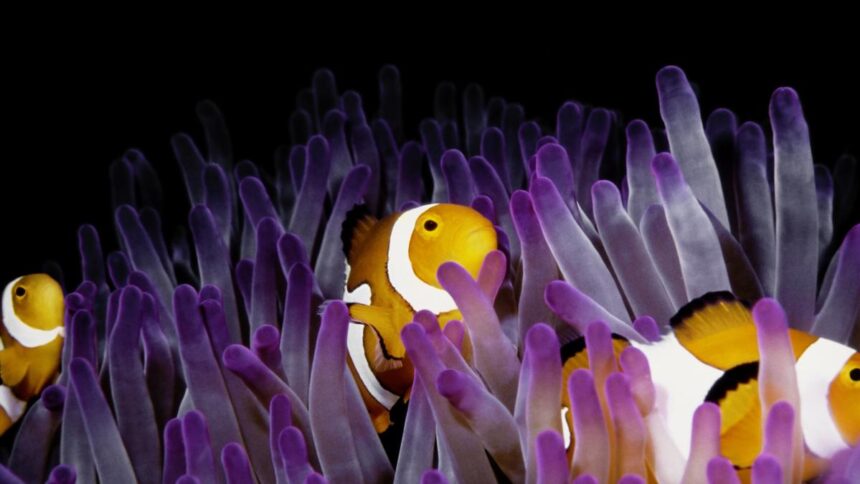Global Coral Bleaching: How Clownfish Survive Volatile Oceans
In 2023-2024, a catastrophic coral bleaching event hit 84% of the world’s reefs across 83 countries. Scientists are unraveling the link between this event and ocean warming and heatwaves, demonstrating the profound impact on marine ecosystems.
Recent research, published in Science Advances, reveals that adult clownfish (‘A. percula’) demonstrate remarkable resilience. Researchers tracked 67 breeding pairs in Kimbe Bay, Papua New Guinea, over 180 days. They noted significant body size changes, with 71% of females and 79% of males shrinking at least once and 41% remaining smaller for multiple months. Additionally, fish with larger size gaps tended to avoid aggressive outcomes.
Key Findings:
- Shrinkage was triggered by reaching certain lengths; females at approximately 80 mm and males at 61 mm.
- Repeated shrinking episodes benefited by increased post-heatwave growth but conversely increased mortality.
- Survival benefits occurred when both partners shrank together, reducing conflicts and metabolic loads.
The adaptive shedding of body mass by clownfish allows them not only to survive extreme heatwaves but also to maintain social harmony within anemone habitats. However, this can subtly decrease future reproduction by reducing overall adult sizes.
This research underscores the dramatic challenges these small fish face in turbulent ocean conditions and highlights the importance of their ability to adjust their physical size for survival.








